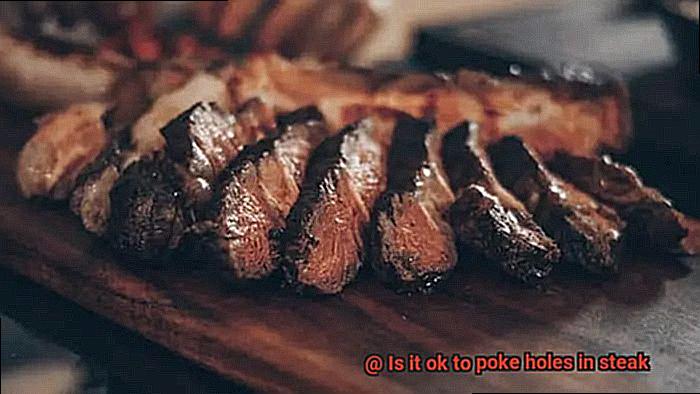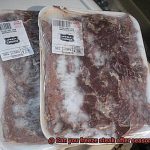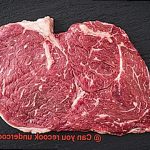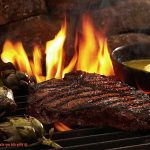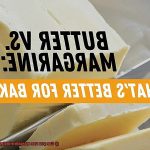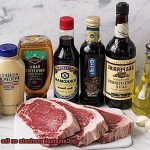Are you a steak enthusiast who enjoys cooking it at home, but struggles to achieve that perfect tenderness and juiciness?
If so, then you may have heard of the technique of poking holes in your steak before cooking. But is it a good idea?
The answer might surprise you. There are many arguments for and against poking holes in steak, and it all comes down to technique and personal preference.
Some chefs and home cooks swear by it, claiming that it helps the marinade penetrate deeper into the meat and allows for more even cooking. Others believe that it can cause the steak to dry out and lose its natural juices, leading to a tough and unappetizing result.
But don’t worry, meat lovers. In this blog post, we’ll delve into the nitty-gritty of this steak-cooking technique.
We’ll explore the benefits and drawbacks of poking holes in steak, as well as discuss different methods and tools that can be used to achieve maximum tenderness and flavor. Whether you’re a seasoned pro or a novice in the kitchen, this article will provide you with all the information you need to master the art of cooking the perfect steak.
So, let’s dive in now.
Contents
What is Poke Holes in Steak?
Poking small punctures in your steak with a fork or knife can aid in tenderizing tougher cuts, such as flank or skirt steak. This technique creates channels for your marinade or seasoning to seep into the meat, resulting in a more flavorful and juicy steak.
It’s like opening tiny doors for all those delicious flavors to permeate. However, there are also some downsides to consider.
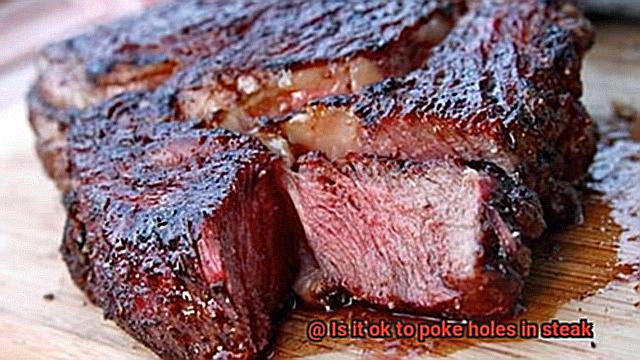
When you poke holes in your steak, you could potentially lose valuable juices during cooking. This could lead to a dry and tough piece of meat that nobody wants to eat.
Additionally, if you use an acidic marinade or seasoning containing ingredients like vinegar or citrus juice, it can break down the muscle fibers too much, leaving your steak with a mushy texture. So, what should you do?
Well, it depends on the type of cut you’re working with and your personal preference. Thicker cuts like ribeye or filet mignon are already tender and flavorful enough, so poking holes may not be necessary and could even harm the texture of the meat.
However, tougher cuts like flank or skirt steak can benefit from being poked with holes to make them more tender and flavorful. Another factor to consider is your cooking method.
If you’re grilling your steak, poking holes could lead to juices dripping onto the coals or grates, causing flare-ups and uneven cooking. But if you’re pan-searing or oven-roasting your steak, poking holes may not have as much of an impact on the overall cooking process.
In summary, whether or not you choose to poke holes in your steak is entirely up to you. It’s worth experimenting with different cuts, cooking methods, and seasoning techniques to find what works best for your palate.
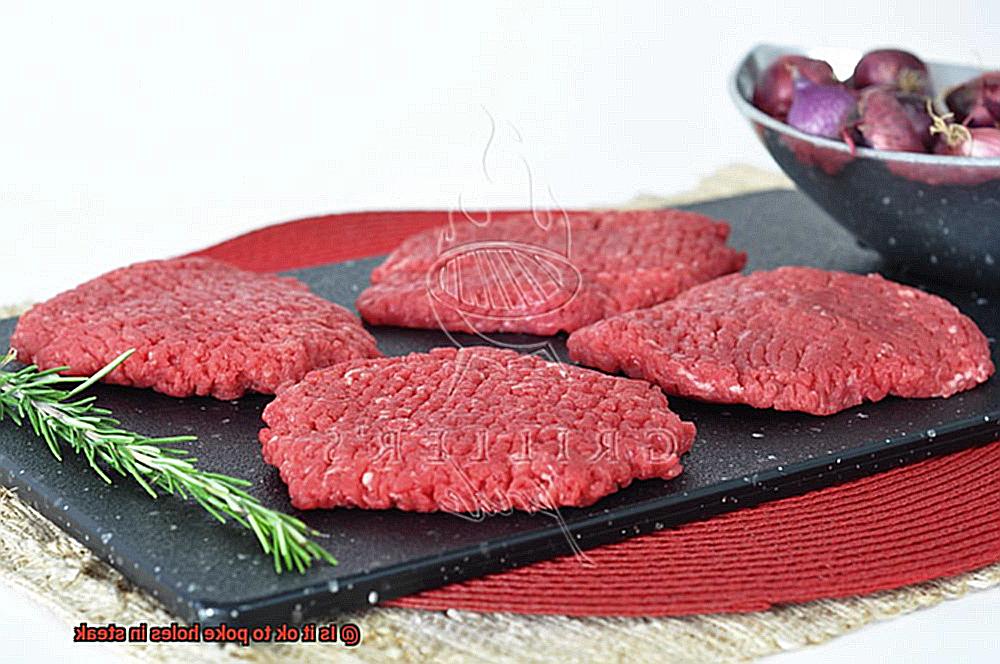
Remember to be gentle when poking and avoid creating too many holes to prevent excessive juice loss.
Benefits of Poke Holes in Steak
Consider poking some holes in your meat before cooking it up.
It may seem strange to intentionally damage your steak, but there are actually several benefits to this method. Firstly, poking holes in your steak allows marinades or seasoning to penetrate deeper into the meat.
It’s like opening tiny doors for delicious flavors to enter and infuse throughout the steak. This results in a more intensely flavorful steak that will leave your taste buds in awe.
However, enhancing flavor isn’t the only reason to poke holes in your steak. The holes also allow for better heat distribution during cooking.
By creating pathways for heat to reach the center of the steak, the result is a more evenly cooked piece of meat with a perfectly seared exterior. But wait, there’s more.
Poking holes in your steak can also help tenderize tougher cuts of meat. As the holes are made, some of the muscle fibers break down, making it easier to chew and enjoy.
It’s like giving your steak a pre-cooking massage. It’s worth noting that while poking holes can be beneficial, it’s not always necessary or recommended for all types of steak.
If you have a high-quality cut like a filet mignon or ribeye, poking holes may not be necessary as the meat is already tender and flavorful on its own. But for tougher cuts like flank or skirt steak, poking holes can make all the difference.
Disadvantages of Poke Holes in Steak
There are a few disadvantages you should consider. Firstly, poking holes in steak can cause the precious juices inside to escape.
Juices are what make a steak moist and juicy. Once they start leaking out, the meat becomes dry and less flavorful.
It’s like taking the fizz out of your soda – it loses its appeal. Moreover, poking holes in steak can create an uneven cooking experience.
As juices escape, some parts of the meat may cook faster than others. It’s like trying to bake a cake with holes in the batter – you end up with a lopsided mess.
Another disadvantage of poking holes is that it can increase the risk of bacterial contamination. By creating openings in the meat, you’re providing an entry point for bacteria to thrive.
This is especially concerning if the steak isn’t cooked to the proper temperature, as bacteria can survive in undercooked meat. And nobody wants food poisoning.
Lastly, poking holes can make it harder to achieve that perfect sear on the outside of the meat. A good sear is what gives steak its mouth-watering crust and locks in its flavors.
However, if you’ve poked a bunch of holes in the meat, it can be harder to achieve that desirable golden-brown color. While poking holes may seem like a quick fix for tenderizing or marinating purposes, it’s important to weigh these disadvantages against any potential benefits.
Different Cuts of Steak and the Impact of Poke Holes
When it comes to poke holes, the heavily marbled ribeye is the perfect candidate.
Poking holes in this type of steak can help the fat render and distribute throughout the meat, leading to a juicier and more flavorful result. It’s like a party for your taste buds with every bite.
However, a leaner cut like filet mignon may not benefit as much from poke holes. With less fat to render and distribute throughout the meat, it could potentially lead to a drier end result.
So, if you’re cooking a filet mignon, it might be best to skip the poke holes. Now, let’s talk about cooking methods.
If you’re grilling or searing your steak at high heat, poke holes may not have as much of an impact since the heat will naturally cause the fat to melt and distribute. However, if you’re using a low and slow method like sous vide or braising, poke holes can be beneficial in helping the fat render and distribute throughout the meat.
The Best Cooking Methods for Poke Holes in Steak
The reason for poking holes will determine which cooking method is best.
If you’re looking to cook your steak faster or tenderize it, then using a marinade or dry rub is the way to go. Marinating steak in an acidic liquid like vinegar or lemon juice can break down the tough fibers in the meat, while a dry rub adds flavor and tenderness as it cooks.
However, if you’re looking to infuse your steak with flavor or allow marinade to penetrate more deeply, then grilling or broiling are excellent options. These high-heat cooking methods can create a delicious crust on the outside of the steak while allowing the marinade or seasoning to seep into the meat through the puncture holes.
To achieve optimal results, it’s crucial not to overcook the steak as it can become tough and dry. Instead, aim for medium-rare or medium doneness for a juicy and tender steak.
And once cooked, let your steak rest for a few minutes to ensure that it retains its moisture and flavor.
So, while poking holes in steak isn’t necessary for successful cooking, there are cooking methods that can make use of this technique for added flavor and tenderness.
Tips for Successfully Poking Holes in Steak
The answer is poking holes in it. But before you start piercing your meat with a fork or meat tenderizer, it’s important to know the right way to do it. Here are 7 tips for successfully poking holes in steak.
Poking small holes in your steak can be a game-changer for achieving a more tender texture.
By using a sharp and thin skewer or fork, you can break down tough muscle fibers and allow marinades or seasonings to penetrate deeper into the steak. This technique is especially useful for tougher cuts of meat like flank or skirt steak.
Just be sure to use a gentle hand and avoid over-poking, as this can lead to dryness.
The Art of Poking Holes: Tips for Precision and Even Distribution
Poking holes in your steak isn’t just about randomly sticking a fork in it. To achieve maximum flavor infusion and even distribution, there are some tips and tricks you can use. For example, poking the steak in a diagonal pattern can help the marinade or seasoning penetrate more evenly throughout the meat.
Additionally, it’s best to poke the steak multiple times, rather than just once or twice.
This will ensure that the flavor is distributed evenly throughout the steak.
Avoiding Common Mistakes: Deep Pokes and Over-Marinating
While poking holes in your steak can be a great technique for achieving tenderness and flavor, there are some common mistakes to avoid. One of these is poking too deeply, which can pierce through the meat and cause it to dry out.
Instead, aim for shallow holes that just penetrate the surface of the steak. Another mistake to avoid is over-marinating, which can also lead to tough and dry steak. Make sure to follow recipe instructions carefully and don’t marinate for too long.
Cooking Your Perfect Steak: Adjusting Time and Temperature
Poking holes in your steak can decrease its cooking time, so it’s important to adjust accordingly. Start by searing the steak on high heat to lock in the juices, then reduce the heat and cook to your desired level of doneness.
Remember that poking holes in the steak will decrease its cooking time, so adjust accordingly. By adjusting your cooking techniques, you can enjoy a perfectly tender and juicy steak every time.
Resting Your Steak: Allowing Juices to Distribute and Flavor to Develop
One of the most important steps in cooking a great steak is allowing it to rest for a few minutes after cooking. This will allow the juices to redistribute throughout the meat and make for a more flavorful and tender steak.
Resist the urge to cut into your steak right away and instead let it rest on a cutting board or plate. By taking this extra step, you’ll be rewarded with a mouth-watering steak that’s sure to impress.
2ua_v4BA3qM” >
Conclusion
In conclusion, the question of whether or not to poke holes in steak is a multifaceted one.
While some people believe it can enhance tenderness and flavor, others caution against potential risks such as dryness and bacterial contamination.
Ultimately, you should decide whether or not to poke holes based on factors like the cut of meat, cooking method, and personal preference.
If you do choose to poke holes, there are several tips and tricks that can help you achieve successful results. For example, use a gentle hand when poking, avoid over-poking the steak, and adjust your cooking time and temperature accordingly.
Whether you’re an experienced chef or just starting out in the kitchen, trying different techniques and cuts of meat can lead to deliciously juicy and flavorful steaks.

